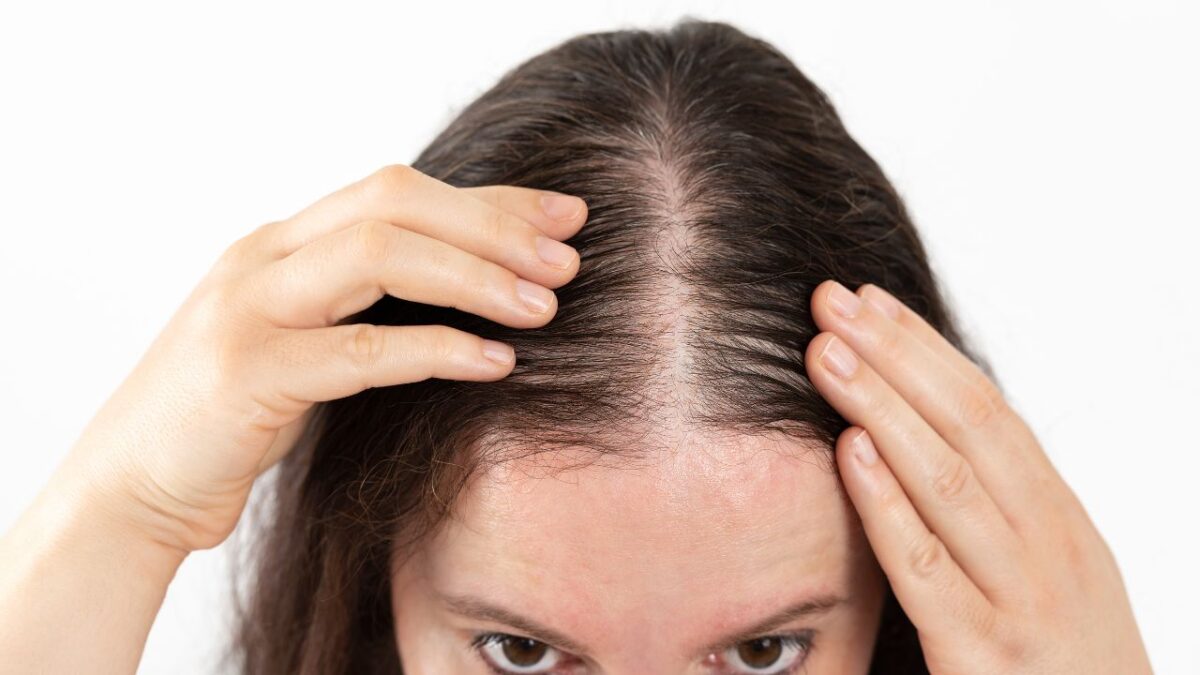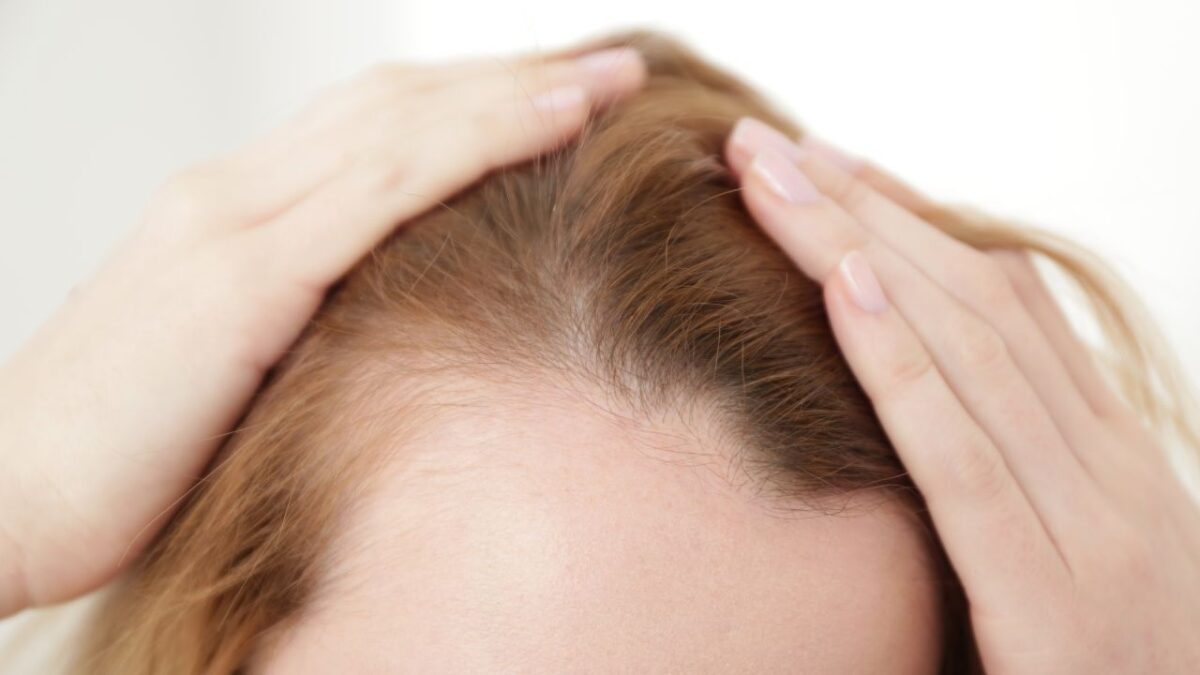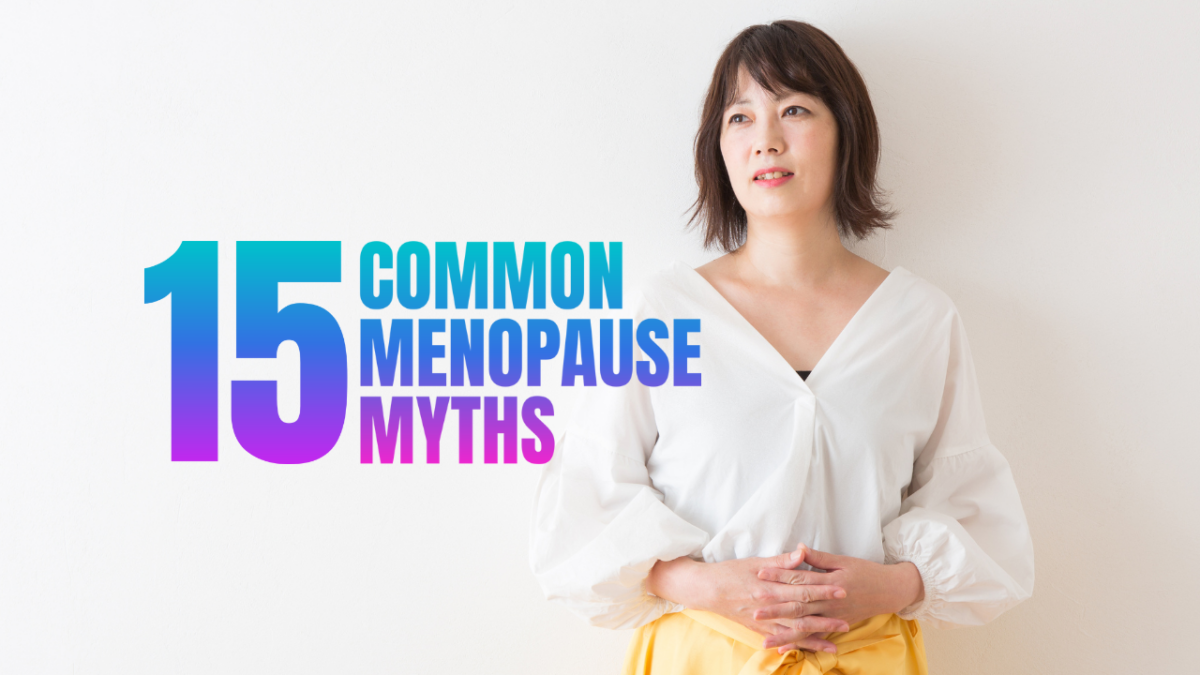How Changing Your Pillow Can Improve Your Menopause Symptoms Instantly
If you’re in perimenopause or full-blown menopause, you’re no stranger to 3 a.m. wakeups, hot flashes, and tossing your damp pillow over—again. The changes happening inside your body feel relentless. Hormones are in free-fall, your thermostat seems broken, and restful sleep feels like something you had in your twenties… and lost somewhere around your late 40s.
Here’s something you may not have considered: that pillow under your head could be making everything worse. And switching it out could offer near-instant relief.
Sounds dramatic? Stick with us. There’s science behind this, and it’s about time more women knew about it.
Why Sleep Becomes a Struggle During Perimenopause
According to the National Sleep Foundation, around 61% of perimenopausal and menopausal women report frequent sleep disturbances (National Sleep Foundation, 2023). Another study from The North American Menopause Society reports that these disturbances increase in both frequency and severity as women move from perimenopause into menopause (Kravitz et al., 2017).
What’s Causing It?
- Hormonal Fluctuations: Estrogen helps regulate your internal thermostat. As it drops, your body misfires, triggering hot flashes and night sweats.
- Reduced Melatonin: This natural sleep hormone decreases with age, making it harder to fall and stay asleep (Zhao et al., 2017).
- Lower Progesterone: Known for its calming effects, reduced levels can contribute to anxiety and restlessness at night.
- Joint Pain: Declining estrogen also affects joint and tissue health, making aches and pains more common and disruptive.
Sleep becomes not just elusive—but physically uncomfortable. And unfortunately, few women are told how much their bedding—especially their pillow—can play a role in their nightly struggles.
Why Your Pillow Might Be Working Against You
You’ve tried magnesium, herbal teas, melatonin, room-darkening curtains. Maybe even hormone therapy. But your pillow?
Let’s just say, if you haven’t replaced it in the past two years, it’s probably a hot, allergen-filled mess that’s doing you no favors. And here’s why that matters:
1. It Traps Heat
If you’re using a traditional memory foam or down pillow, chances are it’s trapping your body heat and intensifying night sweats. Your head and neck are major heat zones—and your pillow acts like an insulator.
2. It Lacks Support
An unsupportive or too-flat pillow can leave your neck at awkward angles. Combine that with hormonal joint pain, and suddenly, you’re waking up with headaches or a stiff neck.
3. It’s Full of Allergens
Old pillows harbor dust mites, mold, and bacteria. And since skin sensitivity can increase during menopause, these invisible invaders can irritate your skin and sinuses, further disrupting your sleep.
4. It’s Disrupting Sleep Architecture
Every time you flip your pillow or adjust it for comfort, you’re likely coming out of deeper sleep stages. These micro-awakenings might be subtle—but they add up to groggy mornings and an exhausted body.
What Science Says About Sleep & Cooling the Head
There’s real science behind the connection between temperature regulation and sleep quality—especially in women with fluctuating hormones.
A 2020 review published in Frontiers in Neuroscience found that cooling the head and neck during sleep improved overall sleep efficiency and helped shorten sleep latency (the time it takes to fall asleep), particularly in populations suffering from thermoregulation issues like menopausal women (Okamoto-Mizuno & Mizuno, 2020).
What To Look For In a Menopause-Friendly Pillow
Not all pillows are created equal—especially when it comes to midlife bodies. Here’s what to prioritize when shopping for your sleep upgrade.
1. Cooling Technology
The goal here is to pull heat away from your body. Look for:
- Gel-infused memory foam
- Bamboo or eucalyptus-based covers
- Copper- or graphite-infused layers
- Phase-change materials that adjust with your body temperature
2. Adjustable Loft & Firmness
Bodies change in perimenopause. Weight distribution, joint flexibility, and muscle tension all shift. You need a pillow that adapts with you.
- Adjustable fill (shredded memory foam or latex) lets you customize the height.
- Medium-firm support is often best for relieving joint stress.
3. Hypoallergenic Materials
If your pillow is triggering sinus congestion or skin flare-ups, it’s time for a replacement. Look for:
- Certified hypoallergenic fills
- Antimicrobial or washable covers
- Organic cotton, bamboo, or Tencel cases
The Role of Pillowcases
Even the best pillow can fall short if your pillowcase is trapping heat or irritating your skin. Choose:
- Bamboo or eucalyptus fibers for breathability
- Copper-infused fabrics for their antimicrobial properties
- Silk for a smooth, frictionless surface that’s gentle on sensitive skin
Wash at least once a week to reduce buildup of oils, sweat, and allergens.
Other Bedtime Tips for Perimenopausal Sleep
A supportive pillow is just one piece of the puzzle. To truly thrive at night, consider a few extra steps:
1. Keep Your Bedroom Cool
Set your thermostat to 60–67°F. Use a fan or sleep with the window cracked open.
2. Layer Your Bedding
Skip the heavy comforter. Use lightweight layers you can toss off during a hot flash.
3. Mind Your Sleep Position
Sleeping on your side with a body pillow can reduce pressure on joints and improve spinal alignment.
4. Use White Noise or Sleep Sounds
These help block out disruptions and guide you into deeper sleep.
Real Women, Real Results
“I never thought a pillow could make such a difference. I bought a cooling pillow after reading about menopause sleep problems and immediately started sleeping through the night again. No more flipping it over. No more waking up soaked.”
— Carla, 51
“My chiropractor told me to switch to a contour pillow. I thought it was just for people with back problems—but it seriously changed my life. My neck pain is gone, and I don’t wake up every two hours anymore.”
— Dana, 47
The Bottom Line
Menopause and perimenopause can feel like an endless list of symptoms. But the truth is, small, strategic changes—like upgrading your pillow—can yield big results. When your body is going through enough already, don’t let your pillow be one more battle you fight at night.
Give your neck the support it needs. Keep your head cool. And take back your nights, one good sleep at a time.
References
American Chiropractic Association. (2023). Posture and spinal health. Retrieved from https://www.acatoday.org/
American Lung Association. (2023). Indoor air quality: Dust mites. Retrieved from https://www.lung.org
Kravitz, H. M., Joffe, H., & Jaramillo, S. A. (2017). Sleep in perimenopause and postmenopause: A review. Menopause, 24(6), 614–626.
National Sleep Foundation. (2023). How menopause affects your sleep. Retrieved from https://www.sleepfoundation.org
Okamoto-Mizuno, K., & Mizuno, K. (2020). Effects of mild heat and cold stress on sleep stages and body temperature in humans. Frontiers in Neuroscience, 14, 594601. https://doi.org/10.3389/fnins.2020.594601
Zhao, X., Wang, Y., & Han, L. (2017). Melatonin and sleep disorders in menopause. Sleep Medicine Clinics, 12(3), 303–315.





























